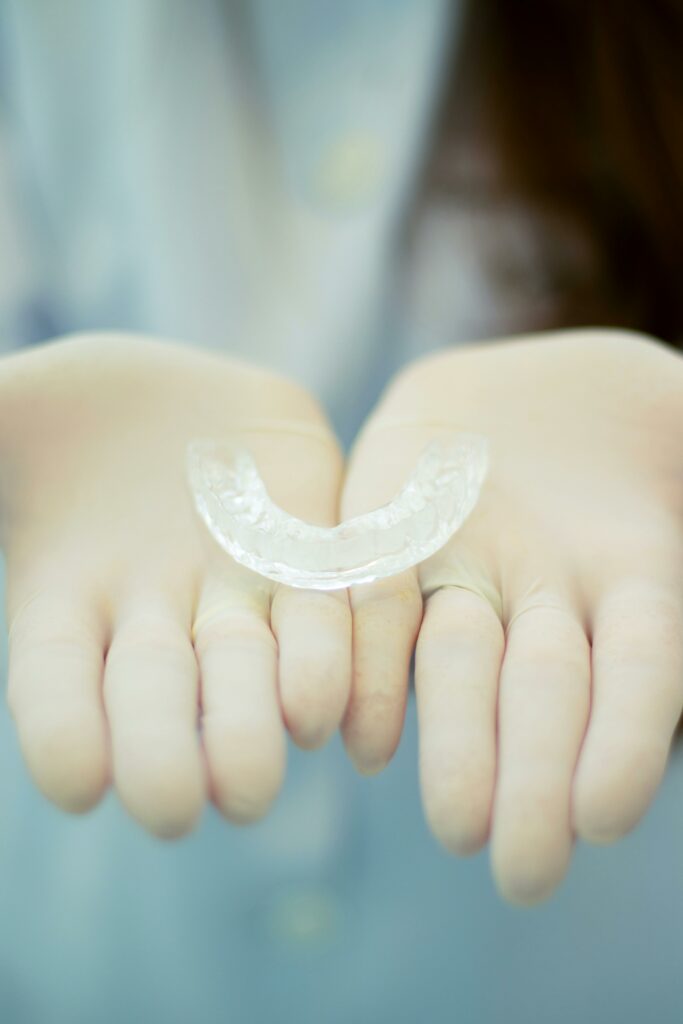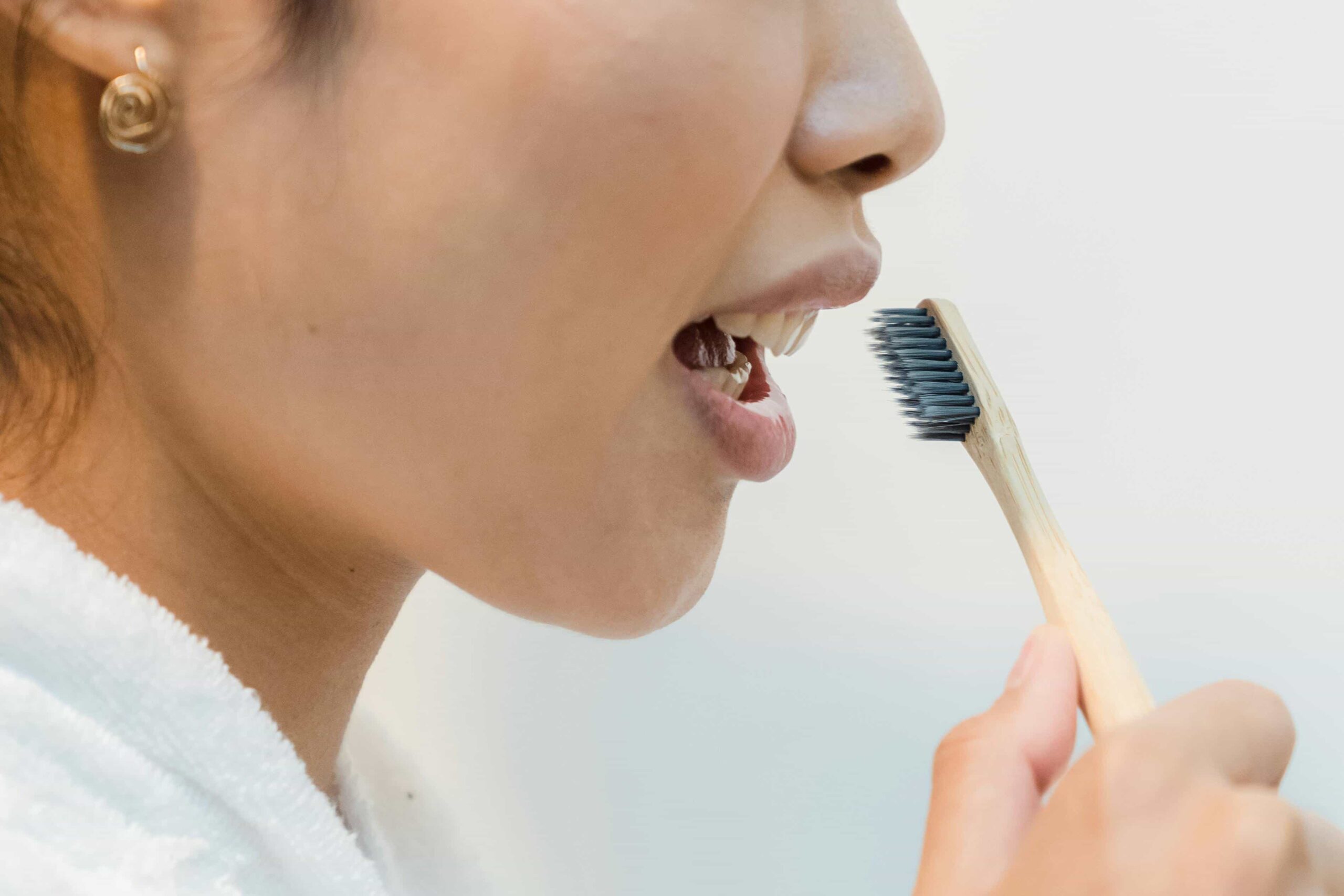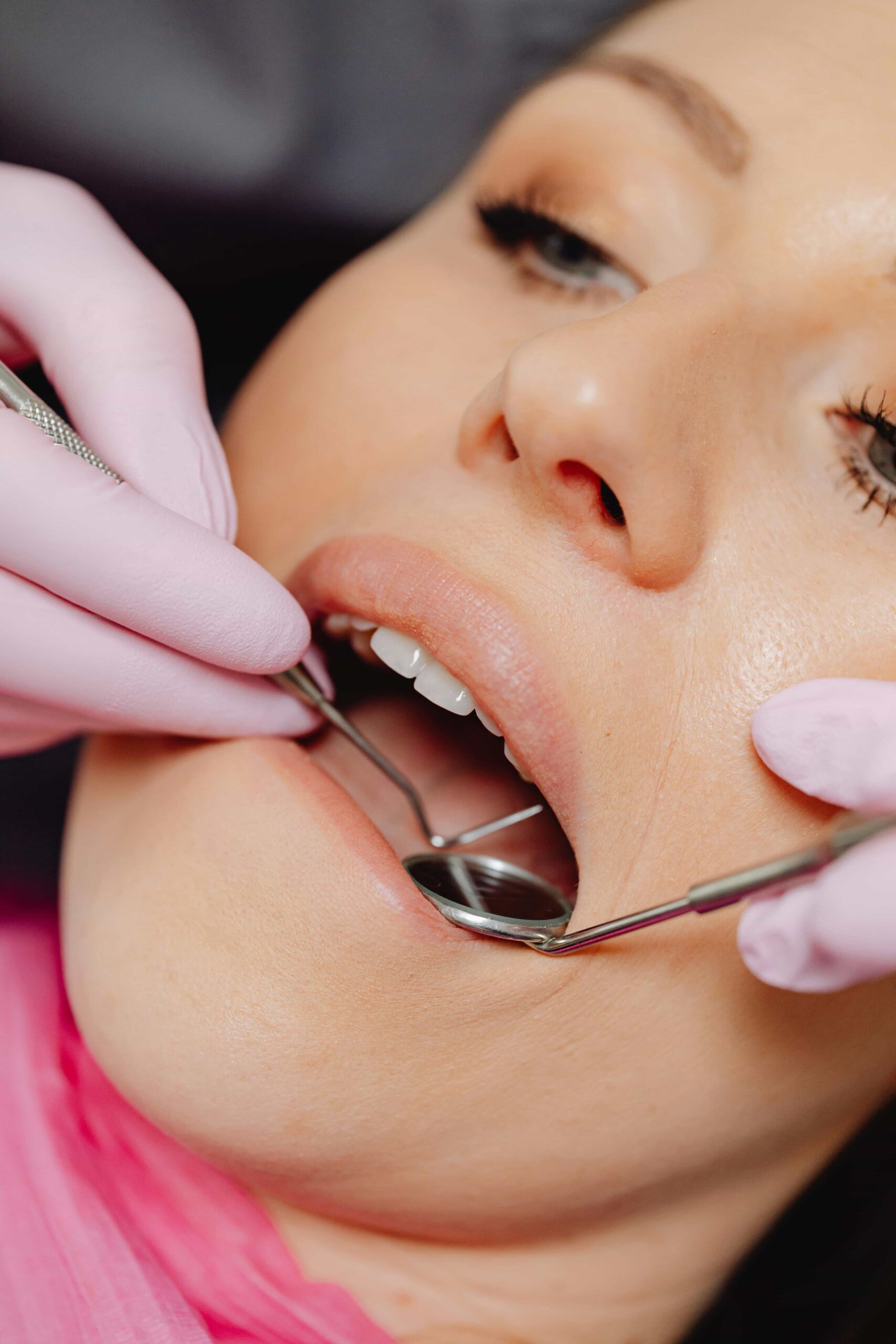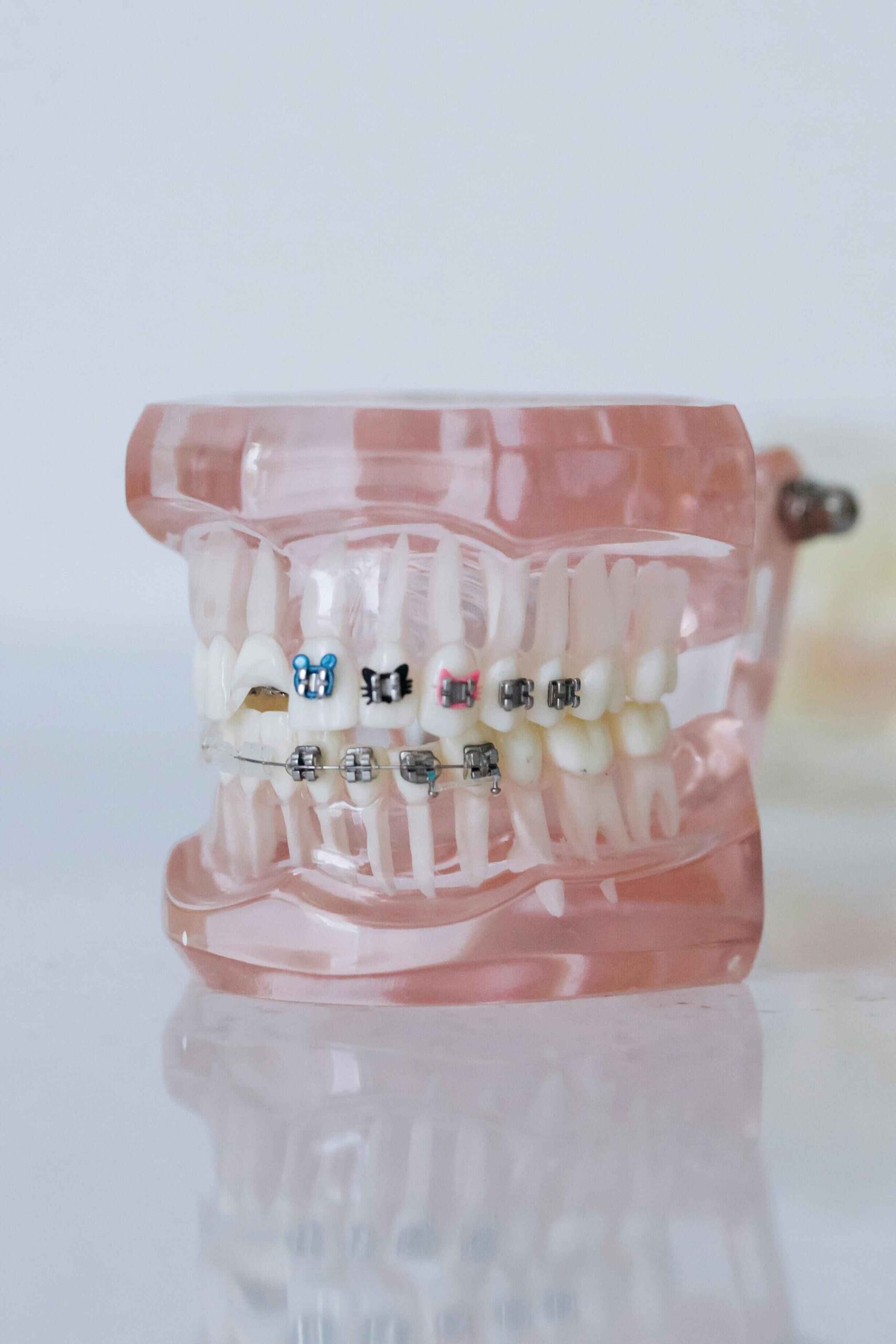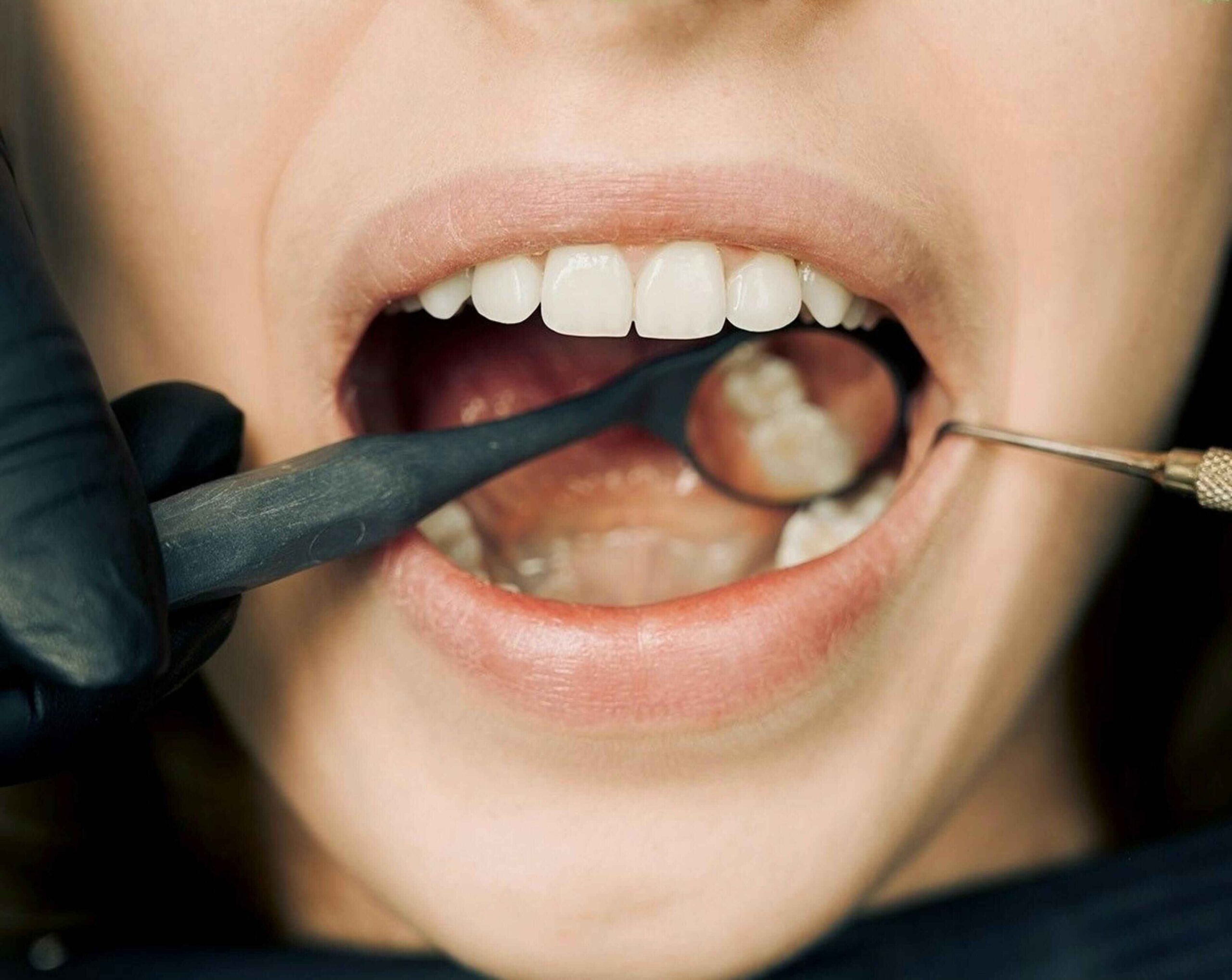After months or even years of wearing braces, the journey to a perfect smile doesn’t end with their removal. This is where retainers after braces come into play. Retainers are essential in maintaining the new positioning of your teeth to ensure they don’t revert to their previous misaligned state.
Understanding the importance of wearing a retainer can help you achieve long-term dental stability and preserve the hard work that has gone into straightening your teeth.
This blog post will guide you through everything you need to know about retainers, from their types to practical tips for incorporating them into your daily routine.
Understanding Retainers
Retainers come in various forms, each designed to cater to specific needs and preferences. The most common types include:
- Hawley Retainers: These are the traditional wire and acrylic retainers that can be adjusted over time. They are durable and allow for some minor tooth movement.
- Essix Retainers: These clear, plastic retainers are custom-made to fit the shape of your teeth. They are discreet and easy to wear but may need more frequent replacement.
- Fixed Retainers: Also known as bonded retainers, these are attached to the back of your teeth. They provide continuous support without the need for daily removal.
Understanding the different types of retainers helps you make an informed decision about which option suits your lifestyle and orthodontic needs.
What Do Retainers Do?
There are three main things that retainers provide; orthodontic relapse, long-term results and helping maintain better oral health.
Preventing Orthodontic Relapse
One of the primary functions of a retainer is to prevent orthodontic relapse. After braces are removed, teeth have a natural tendency to shift back to their original positions.
Retainers act as a stabilizing force, keeping your teeth aligned and ensuring the long-term success of your treatment.
Ensuring Long-Term Results
Wearing a retainer consistently is the key to preserving the results of your orthodontic treatment. By maintaining the new positions of your teeth, retainers help you enjoy a straight smile for years to come.
Neglecting to wear your retainer can lead to misalignment and the need for additional orthodontic work.
Supporting Oral Health
Properly aligned teeth are easier to clean and maintain, reducing the risk of dental issues such as cavities and gum disease.
By wearing your retainer, you not only preserve the aesthetic benefits of your braces but also support your overall oral health.
Tips for Wearing Retainers
Making retainers a part of your daily routine is essential for success.
Here are some practical tips to help you stay on track:
- Set Reminders: Use alarms or smartphone notifications to remind you to wear and clean your retainer.
- Create a Routine: Incorporate retainer care into your morning and evening routines to ensure consistency.
- Keep a Case Handy: Always carry a retainer case to store your retainer safely when not in use.
Caring for Retainers
Proper care of your retainer is vital to its longevity and effectiveness. Clean your retainer daily using a soft toothbrush and mild soap or retainer cleaner.
Avoid using hot water, as it can warp the plastic. Regular cleaning prevents buildup and keeps your retainer fresh and hygienic.
Addressing Discomfort
It’s normal to experience some initial discomfort when wearing a retainer. To alleviate soreness, consider these tips:
- Gradual Wear Time: Start by wearing your retainer for a few hours a day and gradually increase the duration.
- Dental Wax: Use dental wax to cover any sharp edges causing irritation.
- Over-the-Counter Pain Relief: If needed, take over-the-counter pain relievers to manage discomfort during the adjustment period.
The Retainer Routine
Wearing a retainer may seem like an intimidating task, but it becomes second nature with time. By committing to regular wear and proper maintenance, you can enjoy the benefits of your new smile for years to come.
Here are some ways you can create a good retainer routine.
Cleaning Your Retainer
Maintaining a clean retainer is crucial for oral hygiene. Follow these steps to ensure your retainer stays in top condition:
- Daily Cleaning: Use a soft toothbrush and non-abrasive cleaner to brush your retainer gently.
- Deep Cleaning: Periodically soak your retainer in a retainer cleaning solution to remove any stubborn buildup.
- Avoid Hot Water: Always use lukewarm or cool water when cleaning your retainer to prevent warping.
Storing Your Retainer
Proper storage is essential to prevent damage and loss. Here’s how to store your retainer safely:
- Use a Case: Always keep your retainer in a protective case when not in use.
- Keep It Dry: Ensure your retainer is dry before storing it to prevent bacterial growth.
- Secure Location: Store your retainer case in a safe, easily accessible spot to avoid misplacing it.
Handling Breakages
Accidents happen, and retainers can break. If your retainer becomes damaged, contact your orthodontist immediately for a replacement.
Continuing to wear a broken retainer can cause further harm to your teeth.
Overcoming Challenges
Wearing a retainer may come with its challenges, but overcoming them is essential for maintaining your new smile.
- Speech Difficulties: It’s normal to experience slight changes in speech initially. Practice speaking with your retainer to adjust more quickly.
- Excessive Saliva: Increased saliva production is common when you first start wearing a retainer. This usually subsides within a few days.
- Discomfort: Mild discomfort is normal, but if it persists, consult your orthodontist for adjustments.
FAQ Section
Q: How often should I wear my retainer?
A: Your orthodontist will provide specific instructions tailored to your needs. Generally, it’s recommended to wear your retainer full-time for the first few months after braces, then transition to nighttime wear.
Q: What do I do if my retainer doesn’t fit anymore?
A: If your retainer feels tight or doesn’t fit properly, contact your orthodontist immediately. An ill-fitting retainer can cause discomfort and may not effectively maintain your teeth’s alignment.
Q: Can I eat with my retainer in?
A: It’s best to remove your retainer while eating to prevent damage and ensure proper oral hygiene. Always brush your teeth and rinse your retainer before reinserting it.
Q: How long will I need to wear my retainer?
A: Retainer wear duration varies for each individual. Some may need to wear retainers for several years, while others may need them for life. Consistent use is crucial for maintaining your results.
Q: Are there any foods I should avoid while wearing a retainer?
A: Sticky or hard foods can damage your retainer. Avoid chewing gum, caramel, and hard candies while wearing your retainer to prevent breakage.
Q: How do I clean my retainer properly?
A: Clean your retainer daily using a soft toothbrush and mild soap or retainer cleaner. Avoid using toothpaste or hot water, as they can damage the retainer.
Conclusion
Wearing a retainer after braces is a vital step in your orthodontic journey, ensuring the longevity of your beautiful, straight smile. By understanding the different types of retainers, their roles, and how to care for them, you can confidently incorporate this essential tool into your daily routine.
At Wagner Orthodontics, we’re here to support you every step of the way. Dr. Wagner and our expert team are dedicated to providing personalized care and guidance to help you maintain your smile for life.
If you have any questions or need assistance with your retainer, don’t hesitate to reach out. Book a consultation with us today and continue your path to a healthier, more radiant smile!
